You've all experienced it. That heady feeling, that remember-to-breathe moment, that wide-eyed amazement at the ideas and words that hit your own bulls-eye of the reasons why you're devoting your life's work to preventing child maltreatment and changing our systems so that we no longer traumatize already traumatized people.
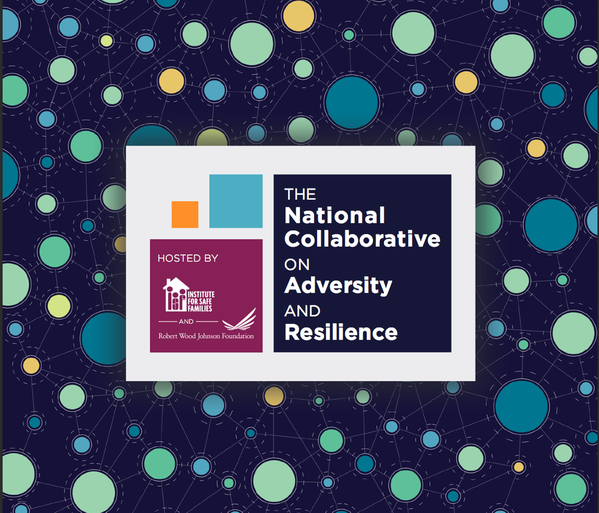 That's what occurred during two days last December at a confab in Princeton, N.J. Forty-five people, including support staff, gathered at the headquarters of the Robert Wood Johnson Foundation where we lit up each other's brains about ways to accomplish those goals. We call ourselves the National Collaborative on Adversity and Resilience (NCAR), which came out of the National ACEs Summit last May. The proceedings, which were released today by RWJF and the Health Federation of Philadelphia, outlined five strategic goals. In a nutshell: Create a common language, educate everybody about ACEs research, support and scale resilience-building programs, engage champions, increase funding for trauma-informed and resilience-building research and services, and develop alliances.
That's what occurred during two days last December at a confab in Princeton, N.J. Forty-five people, including support staff, gathered at the headquarters of the Robert Wood Johnson Foundation where we lit up each other's brains about ways to accomplish those goals. We call ourselves the National Collaborative on Adversity and Resilience (NCAR), which came out of the National ACEs Summit last May. The proceedings, which were released today by RWJF and the Health Federation of Philadelphia, outlined five strategic goals. In a nutshell: Create a common language, educate everybody about ACEs research, support and scale resilience-building programs, engage champions, increase funding for trauma-informed and resilience-building research and services, and develop alliances.
They outlined five broad action steps to achieve those goals. In a nutshell, they are: establish a modern, fluid organization that's modeled on collective action, engage social networks to share information and continue the discussion, measure the success of programs, convene regularly to take collective action, secure funding to further the work.
A few notable quotes from those two days:
- "Understanding trauma is about changing the way you view the world." -- Sandra Bloom, psychiatrist and associate professor at Drexel University, creator of the Sanctuary Institute.
- "I look around the room and feel like each one of us has a piece of the puzzle covered." -- Nadine Burke Harris, pediatrician and founder of the Center for Youth Wellness
- "This is not one more thing on my plate. This is the plate." -- Chris Blodgett, Washington State University Area Health Education Center
- "How do I make the average person care about any of this?" -- James Redford, documentary filmmaker
You've also experienced how difficult it is to translate that excitement and inspiration to people who weren't in the room so alive with brainstorming that we could have supplied our own electricity. "You hadda be there," you keep saying. Or, "I just don't know how to explain it."
Well, writer Anndee Hochman did a great job (with contributions and editing from Martha Davis, Leslie Lieberman and Carolyn Smith-Brown) chronicling the story of how NCAR came to develop strategies and actions. Because out of that flurry of schemes, designs, visions and notions must come some proposals and objectives that another circle of people -- particularly this circle of people on ACEs Connection -- can pick up and run with.
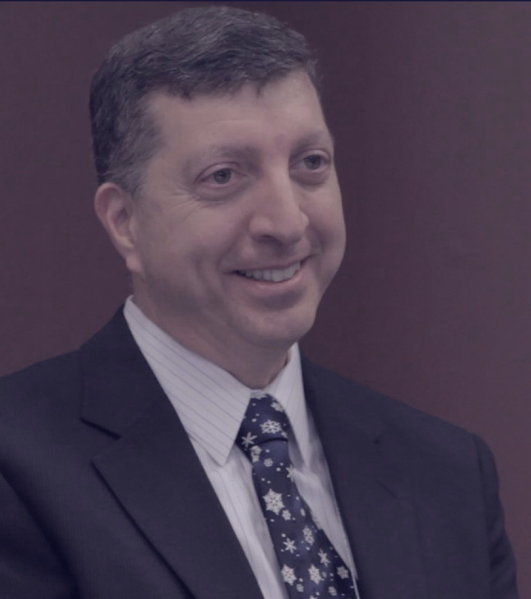 Angelo Giardino, professor of pediatrics at Baylor University, likened this movement to a relay race: the co-founders of the CDC's ACE Study ran the first leg, then passed the baton onto the early adopters. "Now we are the runners to whom the baton is being passed," he said.
Angelo Giardino, professor of pediatrics at Baylor University, likened this movement to a relay race: the co-founders of the CDC's ACE Study ran the first leg, then passed the baton onto the early adopters. "Now we are the runners to whom the baton is being passed," he said.
One of the five action steps of the executive summary is to "leverage existing Internet and social media platforms and networks for sustained dialogue, decision-making, research and information-sharing". That would be us. We 2,710 (as of this morning) members of ACEs Connection will continue to contribute ideas and actions to build on those developed by the group last December.
Over the next month, I'll be parsing out pieces of the Proceedings of the National Collaborative on Adversity and Resilience and setting up discussions for your input to do a virtual NCAR. We'll also be doing this in some of the groups. And I hope that those of you who decide to read the entire report now will start discussions, too.
As Jane Isaacs Lowe and Martha Davis said on the RWJF site in their blog post "Supporting Families to Succeed": "Yes, it’s a report, but we don’t want you JUST to read it. We want you to recognize it as a call to action to researchers, policy makers, business leaders, health care providers, communities, schools, parents, communicators, funders and YOU."
The magic of this distributed network allows us -- we 2,710 people -- to meet virtually -- out of a geographic place, apart from ordinary meeting time -- to continue the conversation, add pieces that were left out, and figure out how to intertwine the big picture with what each of us is doing in our own community, in our own lives.
We'll start with what Leslie Lieberman is posting today on the RWJF network -- the question posed at the NCAR meeting from documentary filmmaker James Redford: "How can I make the average person care about this?"
Here's a link to the discussion where we'd like your feedback. We'd like to know how you're doing this in your family, your workplace, your civic organization, your place of worship, or your community.
In a month or so, we'll summarize our thoughts into proceedings of our virtual meeting, for everyone to use.



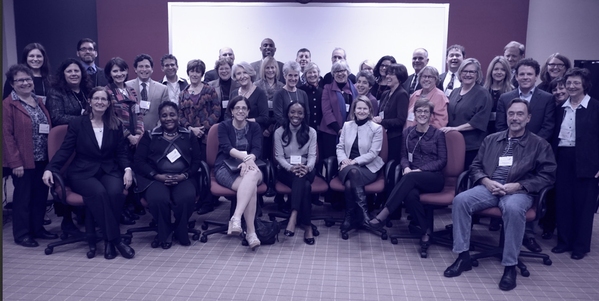
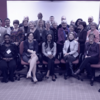
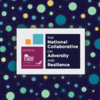

Comments (0)